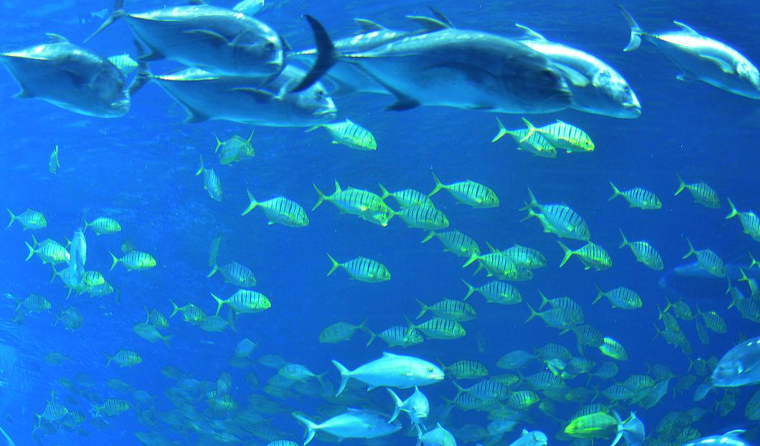Explanation of IP67 and WDR in Underwater Aquaculture Cameras
Hits: 243 Time: September 28,2025

In the technical parameters of underwater aquaculture cameras, IP67 and WDR are two key indicators, corresponding to the device’s protective capability and image processing capability respectively. They directly affect the camera’s applicability in complex underwater environments, with specific meanings as follows:
IP stands for "Ingress Protection" and represents the "protection level". Developed by the International Electrotechnical Commission (IEC), it is used to measure a device’s resistance to
solid foreign objects (such as dust) and
liquids (such as water).
An IP rating consists of two digits (e.g., IP67). The first digit indicates the "dust protection level", and the second digit indicates the "water protection level". A higher digit means stronger protection capability.
-
First digit "6" (dust protection level): It means the device is completely protected against dust ingress. The underwater aquaculture environment may contain tiny particles like sediment and plankton. A "Level 6 dust protection" can prevent these foreign objects from entering the camera body, avoiding contamination and damage to the lens or circuits, thus ensuring long-term stable operation.
-
Second digit "7" (water protection level): It means the device can be immersed in 1-meter-deep water for 30 minutes without water ingress. It should be noted that the water resistance of IP67 is suitable for short-term immersion or shallow-water environments. If the underwater aquaculture depth exceeds 1 meter (e.g., deep-sea cages), a higher protection level—IP68 (can be immersed in water at any depth for a long time, as long as it does not exceed the pressure limit designed for the device)—should be selected.
WDR is an image processing technology used to solve the problem of "overexposure (bright areas appearing completely white)" or "underexposure (dark areas appearing completely black)" in camera images when there is a high contrast between strong light and shadows. Ultimately, it presents an image with clear details in both bright and dark areas.
The light conditions in underwater environments are complex and changeable. For example, the water surface reflects sunlight to form bright areas, while the deep underwater or shaded areas (e.g., under cage brackets) are dim, creating a strong contrast between light and dark. Without WDR, the captured images may suffer from "overexposed water surfaces (details invisible)" and "underexposed deep waters (details invisible)", making it impossible to accurately observe the activities, feeding, or growth status of fish and shrimp.
In contrast, underwater aquaculture cameras with WDR can optimize both bright and dark areas of the image through algorithms: suppressing overbright details in strong light areas and enhancing the brightness and clarity of dark areas. Eventually, details in both "sunlight-reflecting water surfaces" and "deep underwater areas" (such as the number, size, and abnormal conditions of fish and shrimp) can be clearly displayed, meeting the core needs of aquaculture monitoring (e.g., biomass estimation and disease monitoring).
For more information about underwater aquaculture camera, please visit the homepage.
